There are many off-flavors in beer, but only a few are very common. Most off-flavors in beer are occurring, and some are a necessary specialty style characteristic of certain beers. They only go sour if the concentration is high and not suitable for the style. Some of the unwelcome flavors can also be off-flavors, and there is a difference between off-flavors and off-flavors in beer.
No one wants to drink beer that isn’t quite right when something is wrong with the beer, you want to know what’s going on? This is even more important for brewers, who should be able to identify off-flavors in their beer so they know how to fix any problems they have with fermentation or other parts of the brewery.
Cause of Odor
Some odors, especially those caused by pollution, are almost always considered faulty. Although there is the occasional wild yeast contamination that makes something beautiful. These off-flavors are usually caused by poor sanitation and, in a few cases, by improper brewing methods.
My beer tastes like butter
- Odor: Diacetyl
- Chemical name: 2,3-Butanedione
- How to spot it: This product smells like butter, buttered popcorn, or butterscotch, and has a slippery or creamy taste on the tongue and mouth.
- How it’s caused: Diacetyl is produced by all yeasts during fermentation and is then “reabsorbed” by the yeast cells. Any diacetyl that is not reabsorbed may be the result of high flocculating yeast, weak or mutant yeast, oxygenation issues, low fermentation tem perature, or short boil.
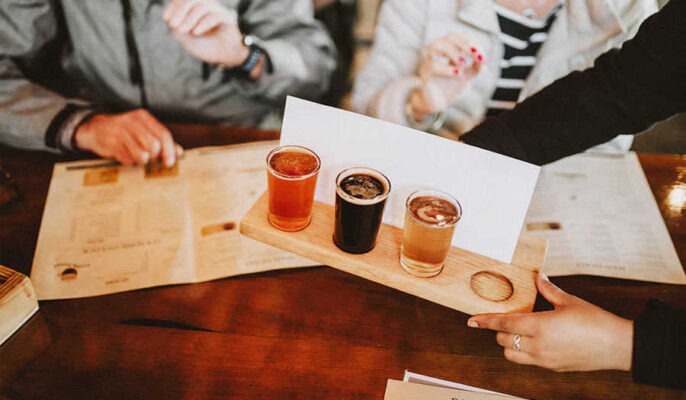
Sweet corn flavor in beer
- Odor: DMS
- Chemical Name: Dimethyl Sulfide
- How to spot it: This one smells like sweet corn, cooked cabbage, tomato sauce, etc.
- How it’s caused: The compound is created during the malting of grains and is later converted to DMS when heated. So, it is formed during wort production and to a lesser extent during fermentation. This makes DMS more prevalent in lagers and lagers, and can Also be produced by bacteria that have contaminated beer. It can be driven off by evaporation when the wort is boiled.
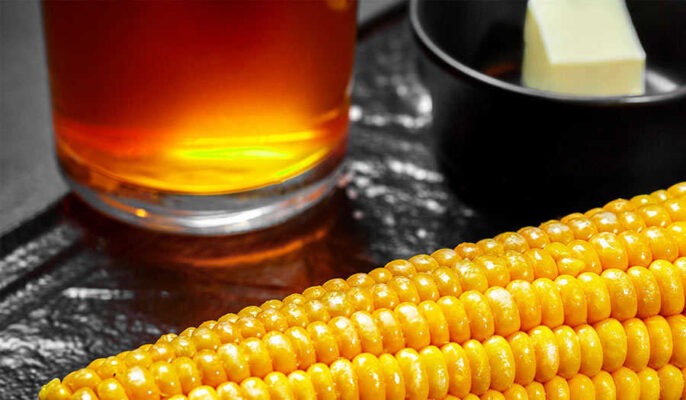
My beer tastes metallic
- Odor: metallic
- Chemical name: ferrous sulfate
- How it’s caused: This contamination occurs when beer or ingredients come into contact with poor-quality metal piping or machinery, especially when the wort is boiled in raw metal. It can also be delivered in packagings – such as metal cans, bottle caps, or kegs. stored grains can also cause metallic odors.
My beer smells like rotten eggs
- Odor: Sulfide
- Chemical Name: Hydrogen Sulfide (H2S)
- How to spot it: This one can smell like boiled or rotten eggs, burning matches, or raw sewage.
- Cause: All yeasts produce hydrogen sulfide during fermentation. Lager yeasts tend to produce more sulfur aromas than ale strains. At low concentrations it can impart a “fresh” taste to beer, but at higher concentrations it can become off-flavored.
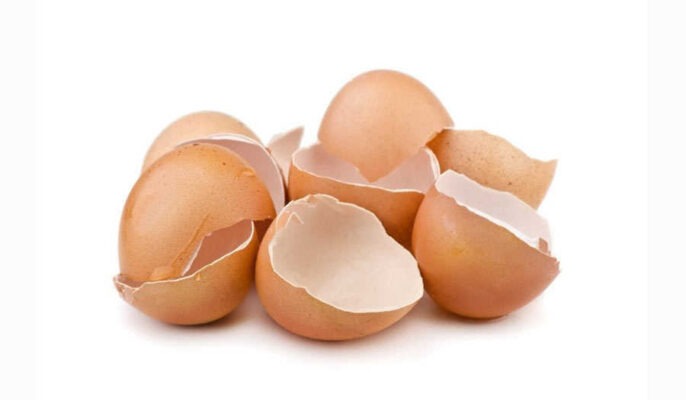
Beer smells like bananas
- Origin of Odor: Esters (Isoamyl Acetate)
- How to identify it: When beer contains esters, it can smell like bananas or pears. When it contains small amounts of esters, it may have notes of strawberry, raspberry, and grapefruit.
- What it is: Isoamyl acetate is the most common ester flavor found in all beers, with concentrations varying between types of beer. Isoamyl acetate is a major flavor characteristic of some lagers and ales. At the same time, it is also a German wheat beer (Hefeweizens), with many of the signature flavor characteristics of Belgian ales.
- Cause: Esters are occurring by-products of the fermentation process. Strong or unsuitable fruitiness in beer styles is sometimes caused by fermentation temperatures. In general, the higher the fermentation temperature, the more esters the yeast will produce. Also, a hypoxic environment favors the production of esters.
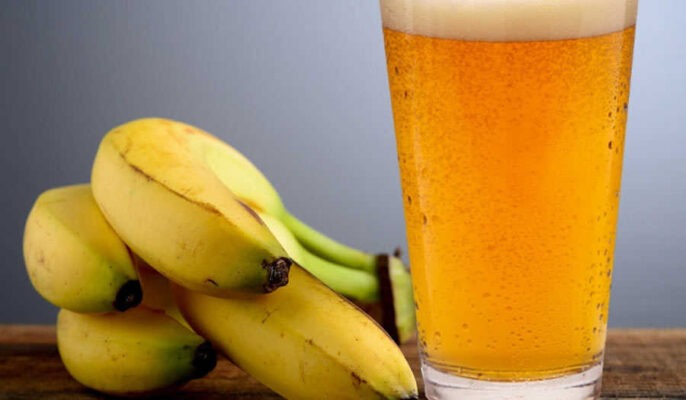
Beer smells bad
- Odor: Lightstruck
- Chemical name: 3-methyl-2-butene-1-thiol/thiol
- How to spot it: This one smells like skunk or brewed coffee. It can also smell musty, like burnt rubber or cat musk.
- What it is: Lightstruck is characterized by an off-flavor associated with light exposure to beer in clear or green glass. Pale beers and beers with high hop content are more prone to off-flavors. Beers that are bitter with modified hop picric acid will Not develop this taste. Dark beers and beers using isomerized hop extracts are less likely to be hit by light.
- How it’s caused: When hops are exposed to the ultraviolet rays of sunlight or fluorescent lights, the alpha acids break down and react with the hydrogen sulfide produced by the yeast. This reaction produces thiols. Mercaptans are the same chemicals that skunk s secrete when they spray , which is why ale smells so like a skunk.
Beer smells like paper
- Odor source: oxidation reaction (nonanal)
- How to identify it: Oxidized beer smells like old wet cardboard or has a papery smell and taste.
- What it is: nonanal is an Odor associated with beer aging. This SMELL Can Become More Noticeable If the Preciation with Minimizing the Oxidation Process Are N OT taken. Introping too much oxygen to a beer (Especially WHEN the World Is Still Warm or After Fermentation is complete) can produce cardboard or sherry-like flavors.
- Cause: Oxidation OCCURS When Oxygen Reacts with Molecules in the World or Beer. . Unwanted Beer Splashing OCCURS WHEN Beer is Transferred from One Vessel to Another, Which Also Causes Oxidation of the wort. Also, too much headspace in a beer bottle can lead to oxidation.

Musty smell of beer
- Odor: TCA
- Chemical name: 2,4,6-Trichloroanisole
- How to spot it: This one smells like mold, corked wine, or a damp cellar.
- What it is: TCA is a chemical produced by mold that consumes and metabolizes chlorinated phenols, which humans can detect at low levels.
- How it’s caused: , TCA is caused when beer is fermented in a humid location or when grains become moldy during storage, but TCA can migrate through most semi-porous packaging, so cross-contamination can occur in many stages of beer production Area takes place , from raw material to final packaging.
The beer smells like cloves
- Odor: Phenolic
- Chemical name: 4-vinyl guaiacol
- How to spot it: This smell and taste have hints of cloves, but also some characteristics of cough syrup, smoke, and some other spices and herbs.
- What it is: A dominant flavor in some ales and stouts, but often considered an off-flavor in bottom-fermented beers. It can be the signature flavor of some beers, including German wheat beers.
- What causes it: Phenolic flavors are often the result of the presence of wild yeast or the use of specialty yeast during fermentation. Other sources of phenolic flavors can arise due to poor sanitation and bacterial action caused by the contamination of raw materials with phenolic compounds.
Beer smells like green apples
- Odor: Acetaldehyde
- How to spot it: This one tastes and smells like green apples, rotten apples, latex paint, or cut pumpkins.
- What it is: Acetaldehyde is an occurring chemical produced by yeast during the fermentation of all beers. It is usually converted to ethanol alcohol, but this process can take longer when not enough yeast has been put in or when dealing with higher alcohol beers.
- Causes: This off-flavor is caused when the yeast has not had enough time to convert acetaldehyde to ethanol due to insufficient fermentation time, insufficient wort yeast, or low-quality yeast. It could also be a problem with the packaging of the bottle.
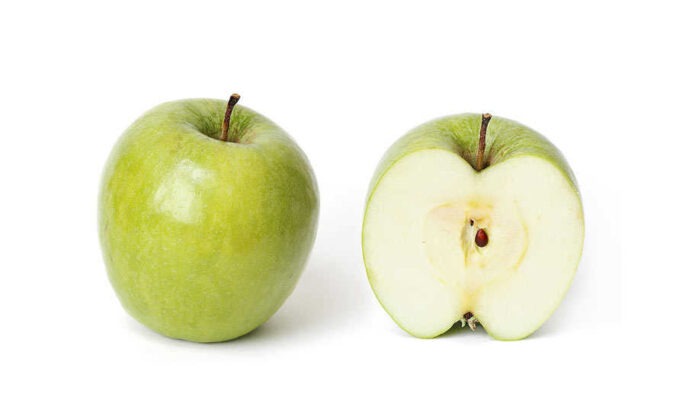
Beer smells rancid
- Odor: butyric acid
- How to spot it: This one smells rancid, like a sick baby.
- What it is: Butyric acid off-flavor is a very distinct smell that smells like baby sickness. Not , it’s considered an off-flavor in all beers.
- How it’s produced: Butyrate is caused by bacteria in the wort production stage, but it can also be produced by bacteria when beer goes bad after packaging.
Beer smells like vinegar
- Odor: Acetic acid
- How to spot it: The wine smells like vinegar, acid, or stale beer and can be tasted on the sides of the tongue toward the back of the mouth.
- What it is: Acetic acid is a vinegar, or sour, flavor found in all beers in some concentration. It is present in all lagers, ales, stouts and wheat beers as a normal ingredient of balanced flavor – think lambic beers that have been exposed to specific types of wild yeasts and bacteria. But, when it’s present in high concentrations, it can cause off-flavors in most beers.
- Why it happens: Acetic acid is produced by yeast during fermentation and is a natural part of the brewing process. It can also be imparted by wild yeasts, which produce much more acetic acid than other yeasts and can alter the flavor profile of the beer. An sour or vinegar smell is almost always the result of a bacterial or wild yeast infection. Bacteria consuming sugar also produces acetic acid, a sign of spoiled beer or more problems.
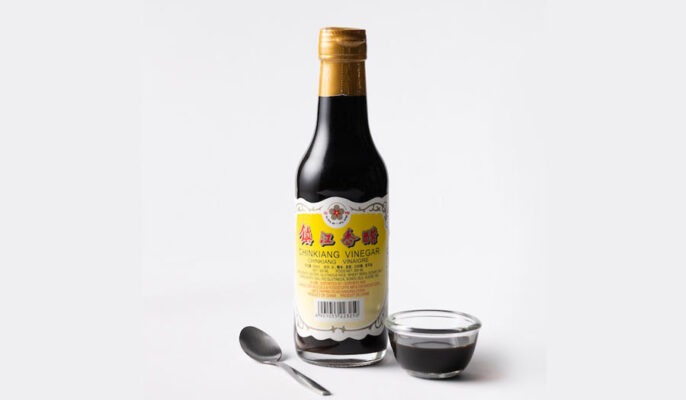
Beer tastes like cheese
- Odor: Cheesy
- Chemical name: Isovaleric
- How to spot it: This one smells like stale cheese or sweaty socks.
- What it is: Isovaleric acid flavor is characteristic of some beer styles, such as India Pale Ale. The typical “cheesy” character is usually associated with very high bitterness beers. In pale lagers, the isovaleric acid character is considered an off-flavor.
- How it’s caused: Isovaleric off-notes are often introduced by aged hops. This compound is produced as hops age and lose bitter alpha acids, producing flavors typified by cheese, sweat, or grape juice.
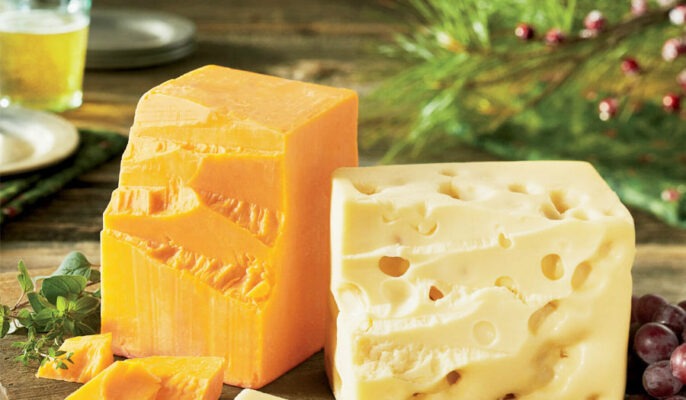
Beer smells like mouthwash
- Odor: Chlorophenol
- Chemical name: 2,6-dichlorophenol
- How to spot it: This one smells like mouthwash, a Band-Aid, an antiseptic, a disinfectant, and has medicinal or hospital characteristics.
- What it is: It is transferred to beer due to external contamination of brewing ingredients or packaging materials with chlorophenols—for example, brewing with chlorinated water or flushing equipment that comes into contact with beer.
- How it’s caused: This can be caused by the brewery’s improper rinsing process during the cleaning phase, meaning chlorophenols were introduced to the beer stock. It can also happen on the beer delivery line if it is not flushed.
Astringent beer
- Odor Origin: Tannin
- How to tell: This beer is dry, grainy, unclear, and tannic, like hygroscopic tea bags or grape skins.
- What it is: Astringency gives a puckery, almost powdery or metallic lump in the mouth. It can also be sour, vinegary, tannic and dry.
- Cause: Polyphenols and tannins are the number one cause of this off-flavor in beer. Tannins are found in the skins or shells of grains and in the skins of fruits. Grains that have been soaked for too long or have been milled or crushed can release tannins.
Odor Practice Guide
- Use a mild lager as a base.
- Chill beer to serving temperature for the style (40-45°F for most lagers).
- Good personal hygiene and sanitation can prevent most problems
- Add small, measurable amounts of flavoring until you can detect the off-flavor in the aroma and taste.
- Adding enough yeast to a specific beer recipe can solve many problems




